An Introduction to Cyclocross for Femme/Trans/Women
Hosted by Atsuko Fukushi of TacoCat Racing
Cyclocross racing is a fun type of off-road bike race, typically happening in the autumn months. There are official and underground races, but figuring out how to get into the sport can be confusing. This skillshare covered the different types of races, how to find out about them, how to prepare for them, and what to expect on race day.
What is cyclocross?
Cyclocross (often abbreviated to “cross” or “cx”) is a circuit race, meaning you do multiple laps, on non-paved terrain. Laps are usually around a mile long and can consist of grass, gravel, mud and sand. There are natural and human-made barriers that may require you to get off your bike and run, such as stairs, sand pits, stream crossings, hairpin turns, and barriers to jump over. It can be a contact sport, with riders jockying for position on the course. Throughout a race, there are many changes of speed and direction.
Terms to Know
- “off camber”: riding across a hill, rather than straight up or down. This can be tricky especially in wet conditions.
- “Getting lapped”: Sometimes, slower riders will get passed by the leader of the race, who has essentially ridden one lap further and is coming up on the back of the field to pass. The leader should give a verbal cue that they are passing, but it is up to the rider who is being passed to decide when it is safe for them to move over to let the lead rider pass.
- “Heckling”: is when spectators jokingly taunt racers during their race. Rather than cheering encouraging words, heckling is often yelling insults to encourage riders to go faster. Heckling is part of the cross culture – but spectators should only be heckling people they know. If someone is rude to you, don’t hesitate to tell them to shut up.
- “Handups”: When spectators hold out beverages (sometimes alcoholic) or food for racers to grab and drink/eat during the race. These are technically not allowed in sanctioned races and you may be disqualified if you are caught taking a hand-up.
- “Barriers”: Wooden structures typically 16” high that are spread out the full width of the course. Typically there are 1-2 sections of barriers in every race. Most racers, especially beginners, will need to dismount their bikes, lift their bikes up, and leap over the barrier, before getting back on their bike and continuing the ride.
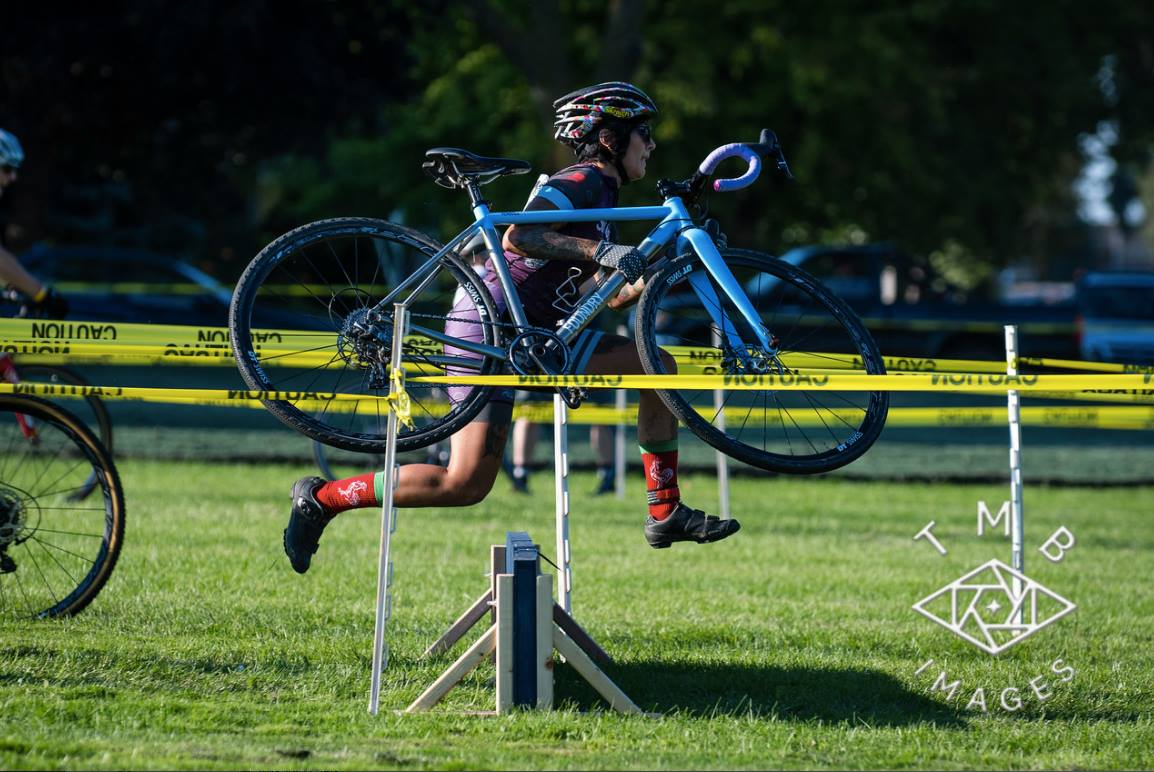
- “Skinsuit”: A one-piece garment designed for bike racing. These are preferred by many racers because there is less loose clothing to snag on the bike during a race. They typically have a chamois (pronounced “shammy”) in the crotch. A skinsuit is not required for racing.
- “Pre-ride”: Checking out the course before your race starts. You can either walk or ride around the exterior of the course while other races are happening, or you can ride on the course when there are no races happening. This allows you to get a feel for how to approach technical sections.
- “catting up”: during a sanctioned race, riders are awarded points based on finishing place. A rider must accumulate a certain number of points from multiple races before being eligible to upgrade their race category. All beginners start as a category 5. As they increase their skills and start placing well during races, they will “cat up” to a category 4 and so on. Category 1 races is the highest level of the sport, where athletes typically travel across the country and world to compete against other elite athletes.
- “Embro”: short for embrocation, a type of skin salve that helps the skin feel warmer in cold weather. Some racers prefer to add this gel-like barrier to their skin instead of wearing extra layers of clothing. A cautionary warning – this only gives the body the illusion of feeling warm, you will still need to dress properly once your race is over.
- “Sanctioned vs Unsanctioned”: Sanctioned races are the official races with the seal of approval of USA Cycling. They require each racer to obtain a license to race. You can either purchase a seasonal license for $75 or a one-day license for $10. Sanctioned races require a registration fee (usually around $30) because they are staffed by race officials, the events carry insurance, there is usually medical staff on hand, you can earn “upgrade points” if you place high enough in the rankings, and there is often prizes or cash to win. Unsanctioned races are not approved by any governing body, they are often free, casual, and just for fun
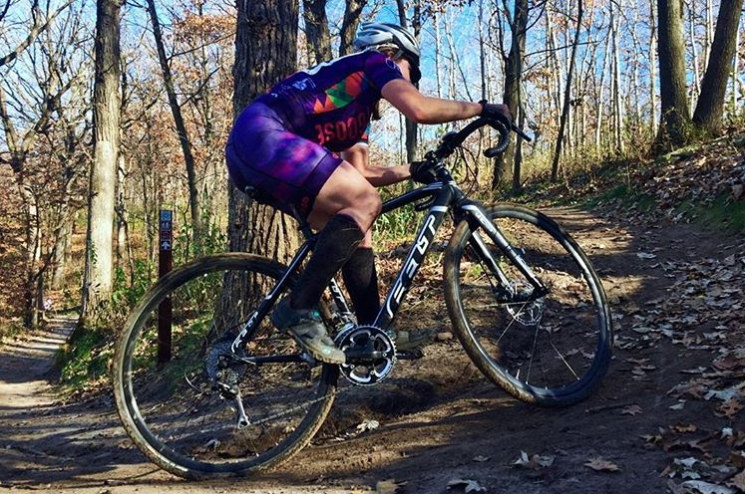
How do I find out about events?
- USAC and MCF websites: USAC website lists all sanctioned bike races in the US. This is where you purchase your annual license, pre-register for races, and find races in your area. The Minnesota Cycling Federation website is for the Minnesota chapter of USAC. This will only list races happening in Minnesota.
- How do I register, online or day-of: Sometimes you can save money and time by pre-registering for races before the day-of. This is often non-refundable, so I only register for races that I know I will go to for sure. You can register the same day as the race. Be sure to arrive with plenty of time before your race starts, as there are often long lines.
- What race do I choose: If you have never raced a sanctioned cyclocross race before, you will be in the Women’s Category 5 race. This is for beginners, and races are usually 30 minutes. If you weigh 160 pounds or more, you can enter the Athena category, which races at the same time as the Women’s Category 5 race, but has separate scoring and podiums. Once you have done 10 races or have placed high enough in the category 5, you may be eligible to “upgrade” to category 4. *USAC does not currently use language that includes non-binary or transgender individuals. I don’t have experience navigating this, but my gut says to just go ahead and register under the category that you would prefer to race in. If you want support doing this, please let me (Kat McCarthy) know.
- How do I read this race flier?: Once you find an event, view the Race Flyer. This has all the information for the race including location, cost, time of races, prize money, and how to register. Look for your category listed to see when the start time of your race is. Your category may have multiple options. For example: a Category 4 woman can race in the 45 minute Women’s 3 / 4 race at 9:46am or in the 30 minute Women’s 4 / 5 race at 2:25pm. You can choose to race one or both of those races. Multiple races can be happening at the same time, but will be scored separately.
How do I prepare?
What do I wear?
Since cyclocross if a fall sport, what you wear will change as the season gets cooler. You will want to wear clothes that are comfortable for biking. Most people wear some sort of padded short because the courses are often bumpy and you will be jumping on and off your bike many times during a race. Some folks wear a “skinsuit” which is a one piece lycra racing uniform. These are quite expensive and are not required, but folks like them because they are very tight fitting with no opportunity for clothing to get snagged while mounting/discounting. If it’s cold, you may consider wearing arm-warmers and leg-warmers. Some people use “embrocation / embro” (defined above), in lieu of wearing extra layers. Gloves that allow free range of movement and dexterity are recommended for retaining the ability to shift and brake efficiently. It’s recommended to bring a few changes of clothes: a set of warm cycling clothes to wear during your pre-ride warm up, your racing outfit/”kit”, and a set of warm and dry street clothes to wear after your race.
What kind of bike can I ride?
A cyclocross specific bike looks like a road bike but has clearance to fit wider, knobby tires. It is legal to race mountain bikes in local cyclocross races.
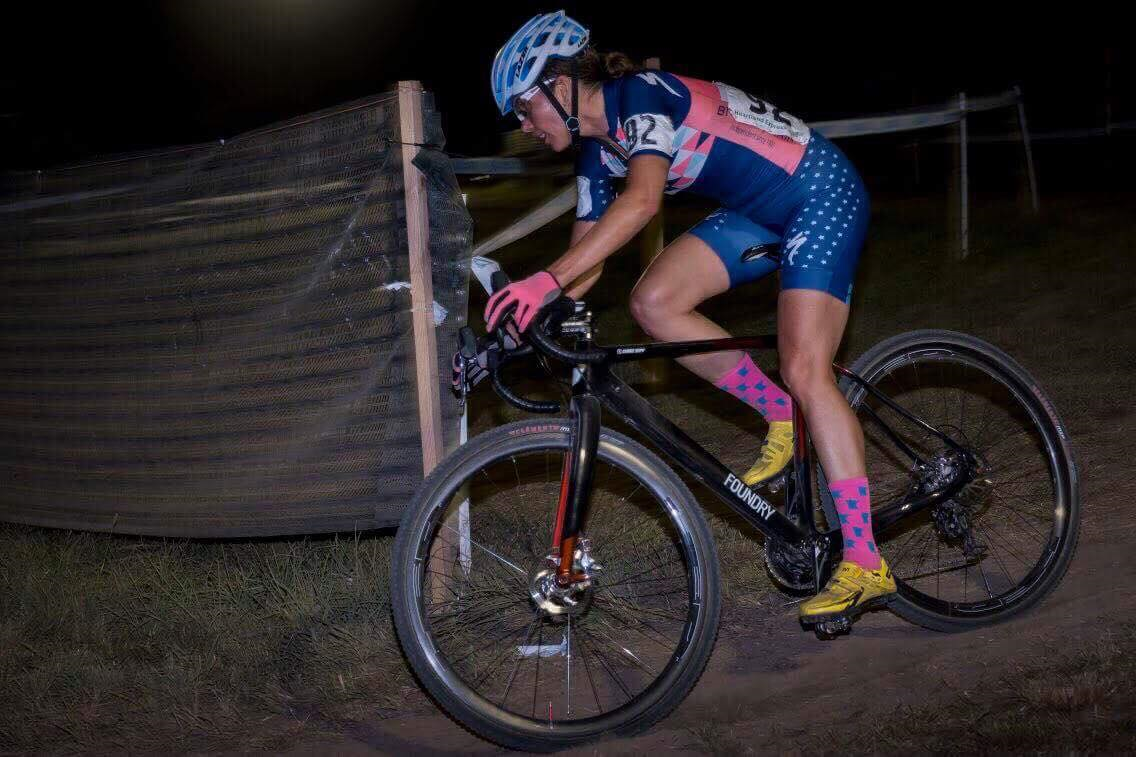
Where do I go to buy a cx bike?
If you want to buy a used bike, there is a buy/sell/trade group on Facebook for women/trans/femmes in the Twin Cities. Lots of local bike shops carry new cyclocross specific bikes.
What to bring to a race?
The three changes of clothes outlined earlier (pre-ride warm up clothes, race outfit, and dry street clothes for post-race). You will also want to pack your helmet, bike specific shoes, snacks, water bottles, checkbook or cash if you are registering day-of. There are usually basic bike repair facilities on-site, and basic first aid supplies handy.
What happens on race day? During the race?
How early should I get there?
To have plenty of time, look at the race flyer to determine the start time of your race, and work backwards. You will want to have time to pre-ride the course before the start of your race, so look at the start time of the race that happens immediately before your race. You will want to pre-ride the course before that race starts. For example, if you are racing the Women’s 4 / 5 race at 2:25, the race before yours starts at 1:20. You will want to be ready to pre-ride between 1:00 – 1:20.
Getting numbers, chips, etc
If you pre-register, you still have to check in when you arrive to get your race number and timing chip. Volunteers should tell you which side of your back your number should be pinned to. Typically the timing chip is strapped to your left ankle.
Warm-up routine
The course is “open” for pre-rides when there are no races in progress. Typically, there will be a sign near the start/finish line that will say “Open” or “Closed”. When in doubt, ask a race official (khaki pants and baby blue polo) or listen to the announcer for cues. If you are wearing a chip timer during your pre-ride, do not ride across the start/finish line, even if no races are in progress. Ride one full lap of the course slowly so you can take in all it’s features and get a sense of where the hard parts are. If time allows, practice riding or running through the challenging areas and make note of how you want to execute it during the race. While other races are happening, walk along the outside of the course to watch other races to see how they handle each section.
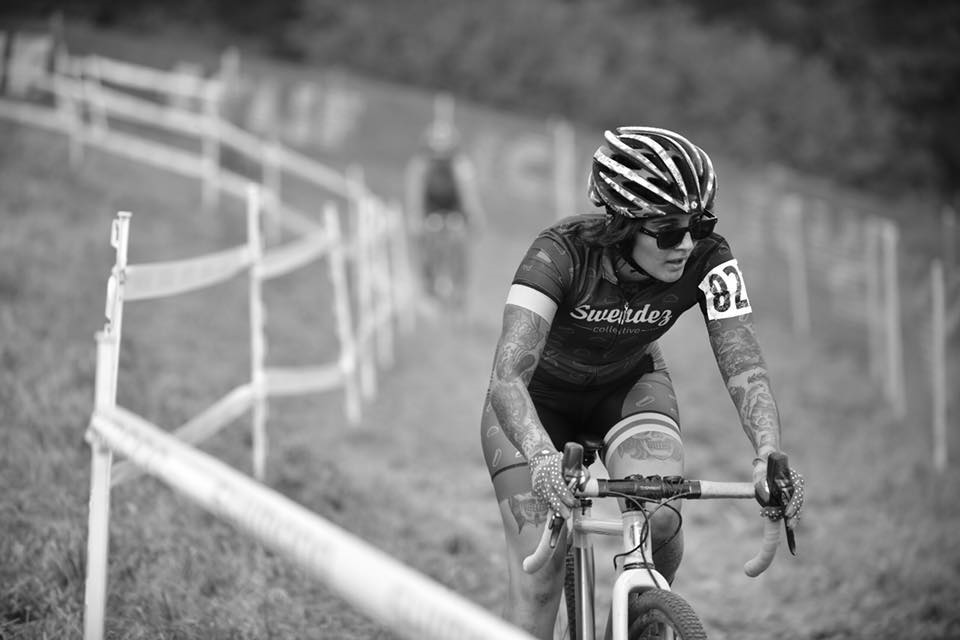
When to be at the start?
You will want to start heading to the start area of the race about 15 minutes before your race time. The officials need you there early to give instructions and get everyone lined up. They don’t wait for stragglers, so be there early!
How the lap counter works, bell lap
During the first lap, officials will time how long it takes the leader of the race to complete one lap. Then, they calculate how many laps can happen within the race time. Typically for a 30 minute race, you will do 2-4 laps. At the start/finish line, there will be numbered cards showing how many laps remain. When you hear a bell, that means it is the last lap for everyone in the race. If you get passed by the leader of the race (“getting lapped”), you will finish on the same lap.
What’s the etiquette when I pass someone?
When you are coming up behind a rider that you would like to pass, call out to them that you would like to pass when they have a chance to move over. They may need to wait for a clear opening before it is safe for them to move over. Thank them when you pass.
What’s with people yelling rude things at me and handing me food/beer?
See “heckling” and “handups” defined earlier.
What do I do when I’m done?
The race officials will tell you when your race is over (if you happen to miss the bell lap or lap counter cards. You will need to turn in your chip timer – typically they have buckets set out after the finish line. You’ll want some time to cool down, grab a snack and some water. Usually about 20 minutes after a race, the results are posted on print-outs near the registration table. If you want to stay for the awards ceremony, those can happen up to an hour after the race.
How do I eat for the race?
This comes down to personal preference. Some folks try to eat two hours before, some prefer to eat within about 45 minutes of race time. You’ll have to experiment to see what types of foods you like and how soon before racing you need to eat to feel great.
How do I set my tire pressure?
Tire pressure is also a personal preference, and will also depend on what time of wheels/tires you have, your body weight, and the terrain of the course. Generally speaking, for 700c wheels, a range of 15-30 psi is average. If you have inner tubes, you will need the tires to be pumped up on the higher end of that spectrum to avoid getting a “pinch flat”. If you have a tubless set up, you can run lower tire pressure. If the course is hard-packed or grassy, you might want higher pressure so you can go fast. If the course is sandy, rocky, or muddy, you will want lower pressure to give your tires more traction. This will take some practice and experimenting to find the right combination for your body, bike, and the terrain.
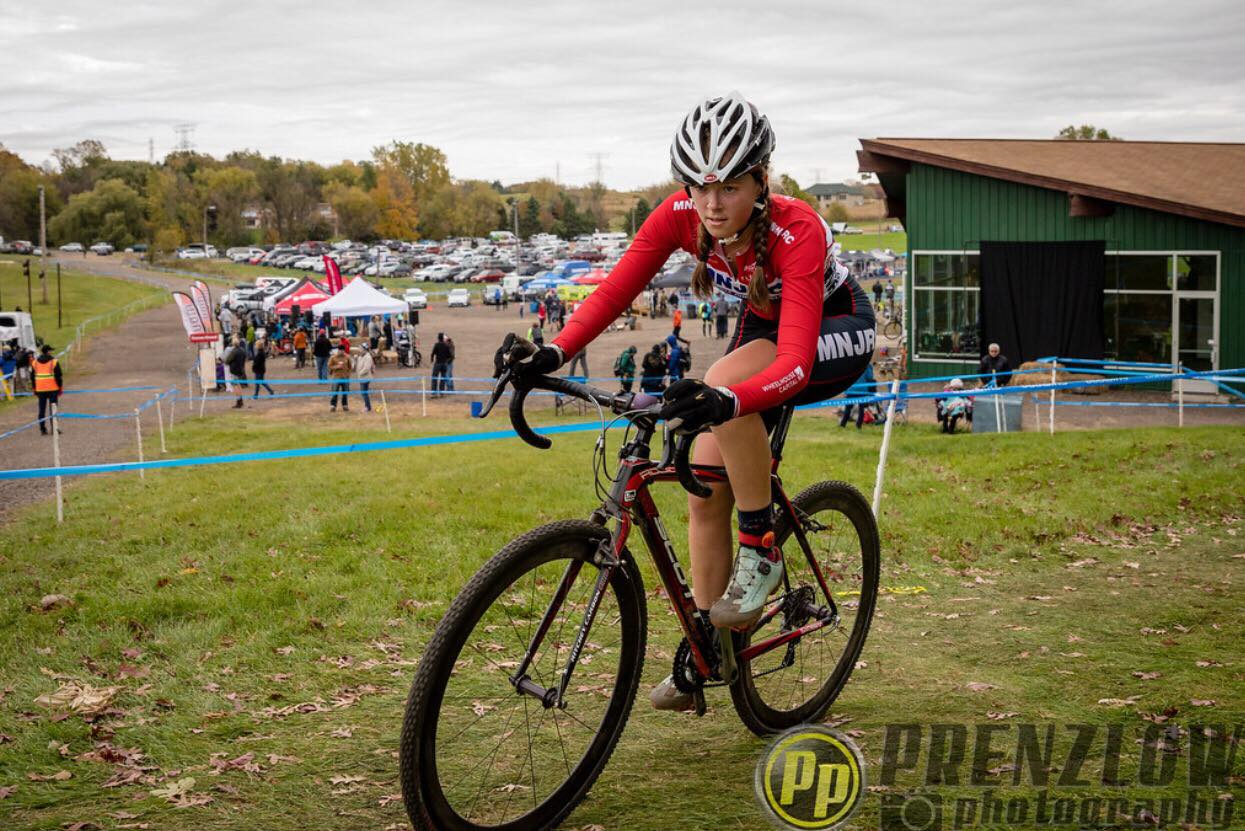
How do I improve my racing?
Practice, practice, practice! You can practice all on your own, or will a group of friends. Or, if you are wanting to get serious, you can hire a coach who will meet you with you one-on-one and provide you with a training plan.
Check out the Facebook group “Twin Cities Cross Practice” for dates/locations. Some bike racing teams will host practice nights.
